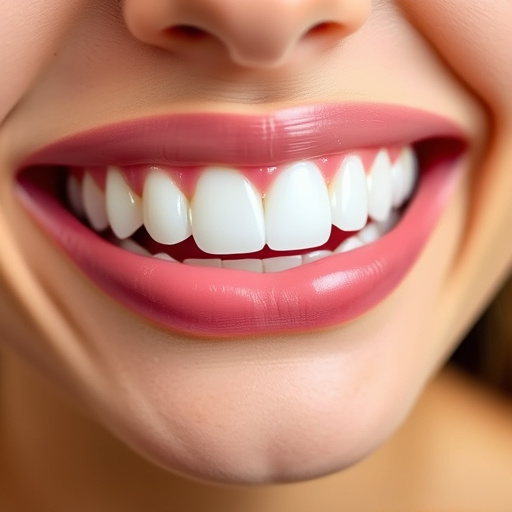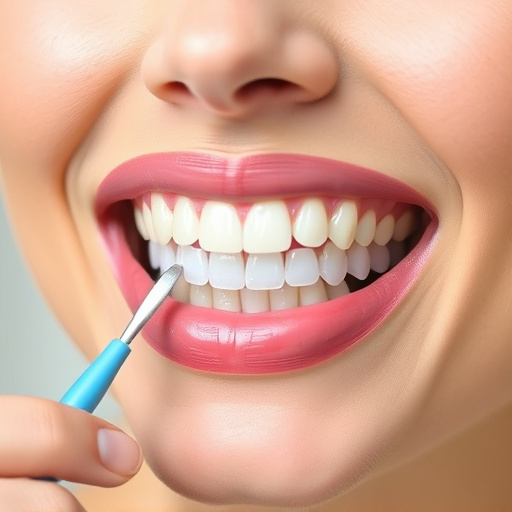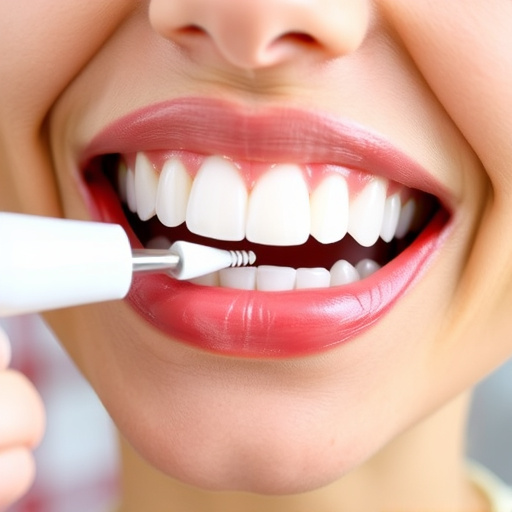Traditional metal braces offer durability and visibility for severe misalignments but have aesthetic drawbacks. Clear aligners provide an invisible, comfortable alternative with superior aesthetics and convenience. Orthodontic surgery is a permanent fix for complex deformities, requiring significant time and resources. These diverse orthodontic treatment options cater to varied dental needs, with general dentistry professionals playing a crucial role in pre- and post-care.
Exploring various orthodontic treatment options is crucial for achieving a perfect smile. Whether it’s traditional metal braces, clear aligners, or orthodontic surgery, each has its pros and cons. This comprehensive guide delves into these options, highlighting advantages like comfort and transparency with clear aligners, and disadvantages such as potential discomfort and time constraints associated with metal braces. For severe deformities, orthodontics surgery emerges as a game-changer. Understanding these variations empowers patients to make informed decisions for their oral health.
- Traditional Metal Braces: Advantages and Disadvantages
- Clear Aligners: Benefits for Transparency and Comfort
- Orthodontic Surgery: Exploring Severely Deformity Cases
Traditional Metal Braces: Advantages and Disadvantages
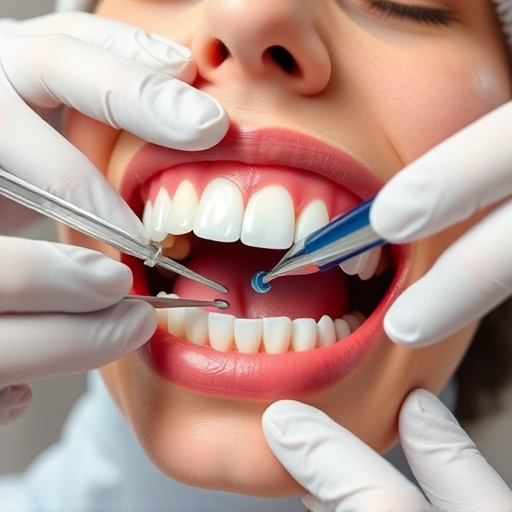
Traditional metal braces have long been a staple in orthodontic treatment options. One of their main advantages is their durability and effectiveness in correcting severe dental misalignments, including crowded teeth and bite issues. They are also less prone to damage during active chewing and biting compared to other options like clear aligners. Metal braces offer visibility throughout the treatment process, allowing patients and orthodontists to monitor progress easily. However, there are disadvantages, such as their appearance, which can be aesthetically displeasing to some individuals, leading to potential confidence issues. The use of metal wires and brackets can also make oral hygiene more challenging, requiring additional effort during brushing and flossing to prevent plaque buildup. Furthermore, constant friction from the wires may cause discomfort or irritation in the mouth.
Despite these drawbacks, traditional metal braces remain a popular choice due to their proven track record and affordability compared to some newer options. Regular dental cleanings become even more crucial with this type of orthodontic treatment to maintain proper oral health throughout the process. In comparison, wisdom tooth removal, while not directly related to braces themselves, is sometimes necessary before or during orthodontic treatment to prevent complications and ensure optimal results for other teeth corrections.
Clear Aligners: Benefits for Transparency and Comfort
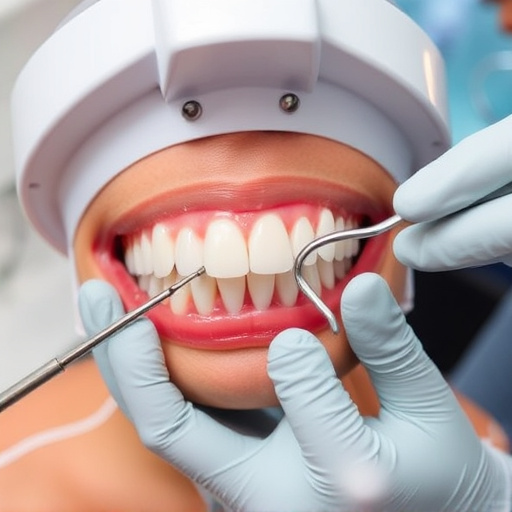
Clear aligners have revolutionized orthodontic treatment options, offering a nearly invisible and comfortable alternative to traditional braces. One of their key benefits is transparency; patients can confidently wear these clear trays without feeling self-conscious about their appearance. This makes them particularly appealing for those seeking discreet solutions that don’t disrupt their daily lives or social interactions.
Beyond transparency, clear aligners provide exceptional comfort. Unlike metal braces, which can cause discomfort and irritation, these aligner sets are designed to fit snugly over the teeth without causing pain. They also eliminate many of the common issues associated with traditional orthodontic treatment, such as wire breaks and sore mouths. This ease and convenience make clear aligners a top choice for patients who desire both effective straightening and a hassle-free experience in cosmetic dentistry.
Orthodontic Surgery: Exploring Severely Deformity Cases
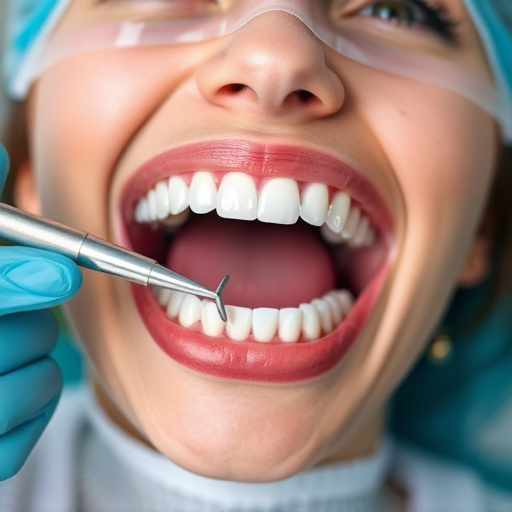
In cases of severe dental deformities, orthodontic surgery often presents a viable solution for achieving optimal alignment and bite correction. This advanced treatment option is typically recommended when non-surgical methods have reached their limits. Orthodontic surgery can address issues like severe crowding, missing teeth, or skeletal asymmetries that significantly impact a patient’s oral health and overall appearance.
For individuals with complex dental needs, surgical orthodontics offer a more permanent solution. Procedures may include orthognathic surgery to correct jaw abnormalities or extractions to create space for crooked teeth. While these treatments demand a higher investment of time and resources, they can deliver remarkable results in terms of improved oral functionality and aesthetics. As with any orthodontic treatment option, general dentistry professionals play a crucial role in pre-surgery assessments, post-operative care, and maintaining long-term oral health after surgery.
When considering orthodontic treatment options, understanding the pros and cons of each method is essential. Traditional metal braces offer durability but may be less aesthetically pleasing and cause discomfort. Clear aligners provide a more discreet approach, enhancing comfort during wear. For severe deformities, orthodontic surgery can be a game-changer, though it’s a more invasive option. Ultimately, choosing the right treatment depends on individual needs, preferences, and oral health professionals’ recommendations to achieve a beautiful, healthy smile.









